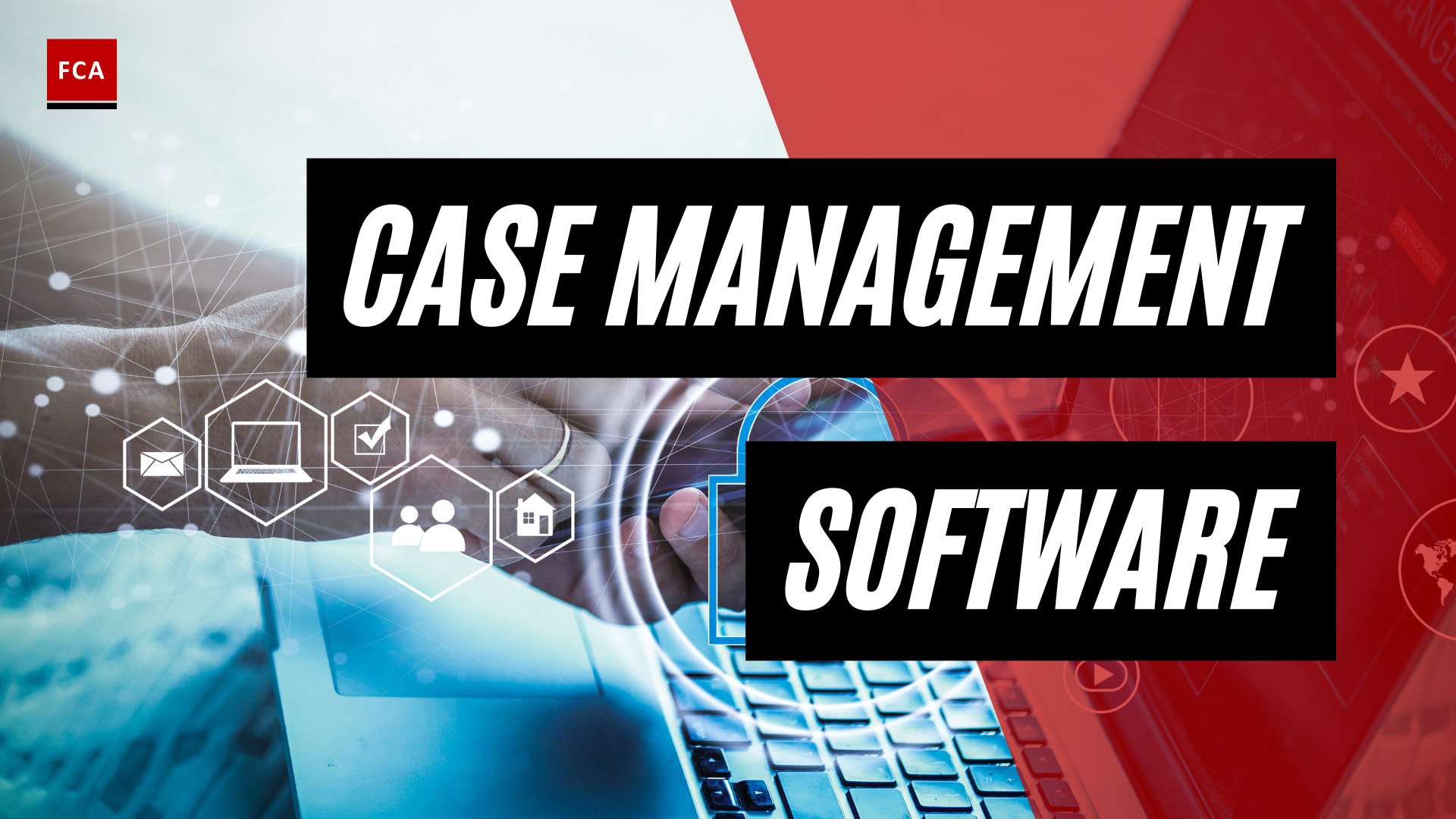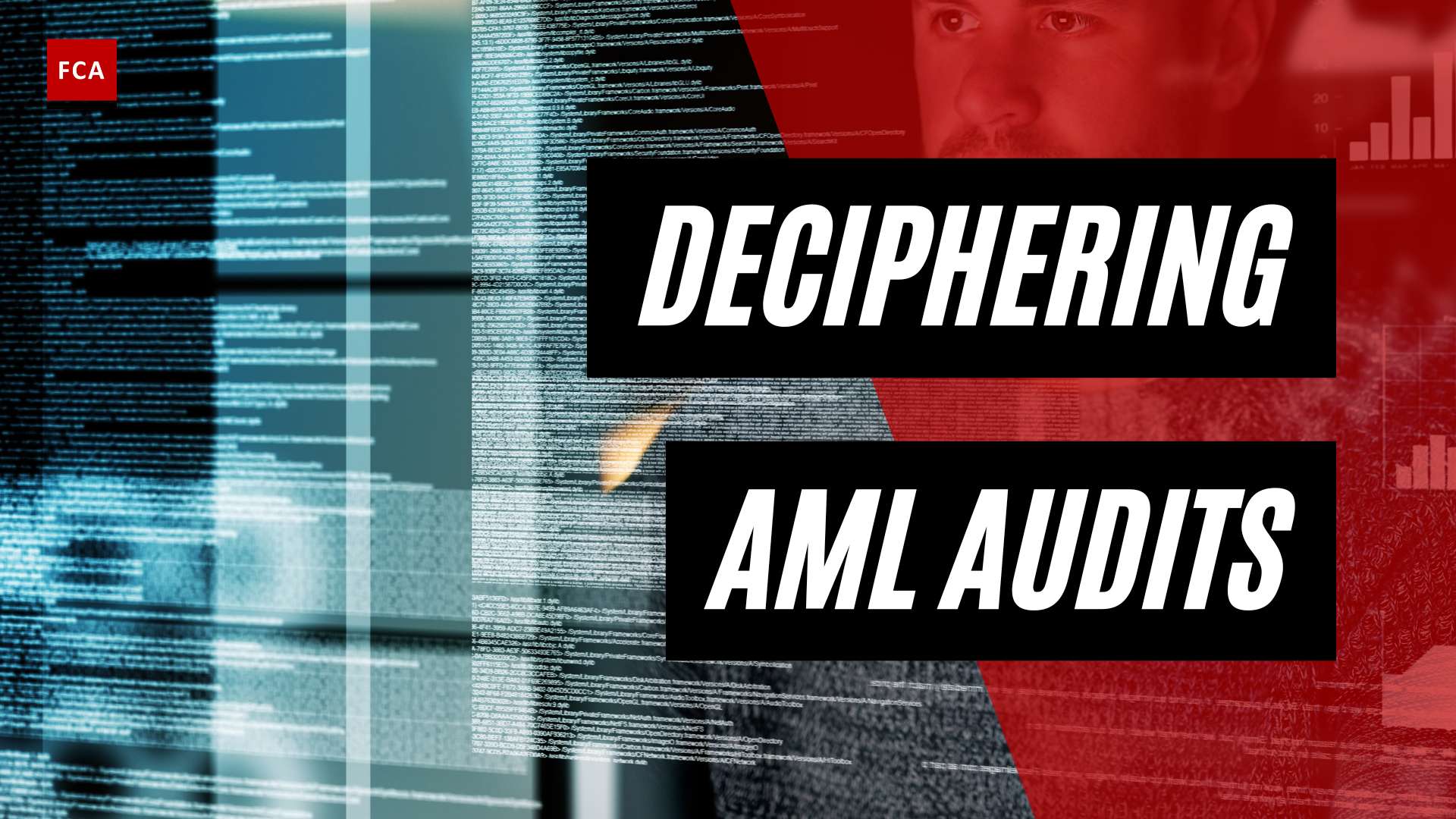Public-Private Partnerships in AML: Overview
In the fight against money laundering, public-private partnerships play a crucial role in strengthening the anti-money laundering (AML) framework. These partnerships involve collaboration between government agencies, such as law enforcement and regulatory bodies, and private sector entities, including financial institutions and other businesses. By combining their expertise, resources, and capabilities, public and private sectors can work together to combat illicit financial activities.
Understanding Public-Private Partnerships
Public-private partnerships in AML refer to cooperative efforts between government agencies and private sector entities to address the challenges posed by money laundering and other financial crimes. These partnerships recognize that a collective approach is necessary to effectively detect, prevent, and deter illicit activities.
The private sector, including financial institutions, plays a vital role in identifying suspicious transactions and reporting them to the relevant authorities. Government agencies provide the legal and regulatory framework, as well as the enforcement capabilities, to investigate and prosecute money laundering cases. By working together, public and private sectors can leverage their respective strengths and resources to enhance the effectiveness of AML efforts.
Importance of Public-Private Collaboration
The collaboration between public and private sectors in AML is crucial for several reasons. Firstly, AML public-private partnerships help address the power and resource imbalance between law enforcement agencies and the financial sector. Financial institutions have the advantage of advanced technology, access to vast amounts of data, and specialized knowledge in detecting suspicious transactions. By partnering with law enforcement, these institutions can contribute their expertise and resources to support the investigation and prosecution of money laundering cases.
Secondly, public-private partnerships facilitate the exchange of information and intelligence. However, challenges arise in this area, such as concerns about data privacy and regulatory restrictions. To overcome these challenges, it is essential to establish clear legal frameworks for information sharing and enhance data protection and privacy measures. By fostering an environment of trust and collaboration, public and private sectors can share information more effectively, enabling better detection and prevention of money laundering activities.
Lastly, public-private collaboration in AML helps bridge the differences in objectives and approaches between the two sectors. The private sector focuses on compliance for business reasons, while law enforcement agencies prioritize investigations and prosecutions. These differing priorities can sometimes hinder the effectiveness of AML efforts. Through open communication and the establishment of common objectives and roles, public and private sectors can align their efforts to achieve shared goals in combating money laundering.
In summary, public-private partnerships are essential in the AML landscape, as they bring together the strengths of both sectors to tackle the challenges posed by money laundering. By understanding the significance of these partnerships and addressing the challenges they face, stakeholders can enhance the effectiveness of AML efforts and work towards a more robust and resilient financial system.
Challenges of Public-Private Partnerships in AML
Public-private partnerships in anti-money laundering (AML) face several challenges that can impact their effectiveness in combating financial crime. These challenges include power and resource imbalance, data sharing concerns, differences in objectives and approaches, regulatory obstacles, and differences in culture and organizational structures.
Power and Resource Imbalance
One of the primary challenges in AML public-private partnerships is the imbalance of power and resources between law enforcement agencies and the private sector. Law enforcement agencies often have limited capabilities and resources compared to the financial sector, which can hinder their ability to effectively investigate and prosecute financial crimes.
Data Sharing Concerns
Data sharing is a significant challenge in AML public-private partnerships. There may be concerns about data privacy and regulatory restrictions that can lead to delays in information exchange. The private sector holds valuable data that can assist law enforcement in identifying and preventing money laundering activities. However, striking a balance between sharing information and protecting sensitive data can be complex and requires robust mechanisms and trust-building measures (Source).
Differences in Objectives and Approaches
Differences in objectives and approaches between the public and private sectors can hinder the effectiveness of AML public-private partnerships. The private sector focuses on compliance for business reasons, aiming to protect their reputation and avoid financial penalties. On the other hand, law enforcement agencies focus on investigations and prosecutions. These differing priorities and approaches can create challenges in aligning efforts and finding common ground in combating money laundering (Source).
Regulatory Obstacles
Regulatory obstacles pose another challenge to establishing effective AML public-private partnerships. There may be differences in legal frameworks, regulatory requirements, and definitions across jurisdictions, making it challenging to coordinate efforts and share information seamlessly. The lack of a common language between law enforcement and private entities can further complicate collaboration and hinder the effectiveness of these partnerships (Source).
Differences in Culture and Organizational Structures
Differences in culture and organizational structures between the public and private sectors can create difficulties in aligning priorities and effectively collaborating in AML public-private partnerships. The private sector operates within a profit-driven environment, while law enforcement entities have a different set of objectives. Bridging these cultural and organizational gaps requires open communication, mutual understanding, and the establishment of clear roles and responsibilities for each party involved (Source).
To address these challenges and enhance the effectiveness of AML public-private partnerships, it is crucial to focus on building trust and collaboration, establishing clear legal frameworks for information sharing, enhancing data protection and privacy measures, and establishing common objectives and roles. By addressing these challenges head-on, public-private partnerships can play a vital role in combating money laundering and promoting a more robust AML framework.
Addressing Challenges in Public-Private Partnerships
To effectively tackle the challenges in public-private partnerships (PPPs) for anti-money laundering (AML), it is crucial to implement strategies that promote trust, collaboration, and the establishment of clear frameworks. By addressing these challenges head-on, stakeholders can work together more effectively in combating money laundering and reinforcing the integrity of the financial system.
Building Trust and Collaboration
A key challenge in forming public-private partnerships is the lack of trust that can exist between the public and private sectors. Both parties may have concerns about sharing sensitive information and working together due to institutionalized distrust. Building trust is essential to foster collaboration and ensure the successful exchange of critical information.
To build trust, open and transparent communication channels must be established between the public and private sectors. Regular dialogues, forums, and workshops can provide opportunities for stakeholders to share insights, discuss challenges, and align objectives. By actively engaging in these activities, stakeholders can create an environment where concerns are addressed, and mutual understanding is fostered.
Clear Legal Frameworks for Information Sharing
Information sharing is crucial in AML public-private partnerships, as it enables effective collaboration and facilitates the identification of suspicious financial activities. However, it is important to establish clear legal frameworks that address the concerns of both the public and private sectors.
To ensure compliance with various data privacy laws, such as the GDPR, information sharing protocols (ISPs) should be developed. ISPs define the rules and procedures for sharing data while safeguarding the privacy and security of the information exchanged (Napier). These protocols should outline the requirements for data anonymization, encryption, and the notification of data breaches.
By establishing clear legal frameworks, stakeholders can navigate the complexities of information sharing while adhering to legal and regulatory requirements.
Enhancing Data Protection and Privacy
Protecting sensitive data is paramount in public-private partnerships for AML. The private sector often possesses valuable data that can contribute to the detection and prevention of money laundering, but concerns regarding data protection and privacy must be addressed.
To enhance data protection and privacy, stakeholders should implement robust cybersecurity measures, including encryption, access controls, and regular security audits. Additionally, anonymization techniques can be employed to ensure that personally identifiable information is adequately protected when shared between partners.
By prioritizing data protection and privacy, stakeholders can alleviate concerns and foster a secure environment for information sharing.
Establishing Common Objectives and Roles
Differences in objectives and approaches can hinder the effectiveness of public-private partnerships in AML. To overcome this challenge, it is essential to establish common objectives and clearly define the roles and responsibilities of each stakeholder.
By aligning objectives, stakeholders can work together towards a common goal, ensuring that efforts are coordinated and resources are maximized. Clear roles and responsibilities provide clarity on the contributions expected from each partner, promoting accountability and efficient collaboration.
Regular communication and collaborative decision-making processes can help ensure that all stakeholders are aligned and working towards shared objectives.
Addressing the challenges in public-private partnerships for AML requires a concerted effort to build trust, establish clear legal frameworks, enhance data protection and privacy, and define common objectives and roles. By implementing these strategies, stakeholders can strengthen their collaboration and effectively combat money laundering, contributing to a more robust AML framework.
Future Outlook: Strengthening AML Public-Private Partnerships
As the fight against money laundering continues to evolve, the future of AML public-private partnerships holds great potential. Strengthening these partnerships is crucial for effectively combating financial crimes and ensuring a robust anti-money laundering framework. Two key areas of focus for enhancing AML public-private partnerships are the integration of government and private sector efforts and adopting a global approach with whistleblower protection.
Integration of Government and Private Sector
The future of AML involves greater integration between the government and private sector. This integration aims to attract the best and brightest participants from the industry, fostering collaboration on financial crime intelligence projects. By combining the expertise and resources of both sectors, public-private partnerships can leverage collective knowledge and insights to effectively detect, prevent, and investigate money laundering activities.
To facilitate this integration, clear lines of communication and cooperation need to be established. Regular dialogues, consultations, and joint initiatives between government agencies and private entities can foster a collaborative environment. By working together, the public and private sectors can share information, expertise, and best practices, leading to more effective AML measures.
Global Approach and Whistleblower Protection
Taking a global approach is essential for strengthening AML public-private partnerships. Financial crimes often transcend national borders, making international cooperation crucial. A collaborative effort on a global scale allows for the exchange of information, intelligence, and best practices across jurisdictions, enhancing the effectiveness of AML efforts.
Furthermore, whistleblower protection plays a vital role in encouraging wider industry collaboration in combating financial crimes. Whistleblowers can provide valuable information and insights into money laundering activities, aiding in investigations and enforcement actions. Establishing robust whistleblower protection mechanisms ensures that individuals who come forward with information are protected from retaliation and have the confidence to report suspicious activities.
To foster a global approach and whistleblower protection, international organizations such as the Financial Action Task Force (FATF) play a significant role. The FATF sets global standards and provides guidance on AML/CFT measures, encouraging countries to adopt effective AML frameworks. Continuous information sharing among countries, facilitated by organizations like the FATF, enables a coordinated response to money laundering threats.
As the future unfolds, strengthening AML public-private partnerships through the integration of government and private sector efforts, along with a global approach and whistleblower protection, will be pivotal in combating money laundering effectively. By working together and leveraging collective expertise, public and private entities can create a more resilient and comprehensive AML framework that safeguards the integrity of the financial system.
International Collaboration in AML/CFT
International collaboration plays a pivotal role in the fight against money laundering (AML) and the financing of terrorism (CFT). Given the escalating complexity and international nature of illicit financial activities, cooperation between countries is crucial to detect, prevent, and restrain illegal financial activity globally.
Role of Financial Action Task Force (FATF)
The Financial Action Task Force (FATF) plays a significant role in promoting international collaboration in AML/CFT efforts. Established in 1989, the FATF is an intergovernmental organization that sets global standards for combating money laundering, terrorist financing, and proliferation financing. The FATF conducts mutual evaluations and peer reviews to assess countries’ compliance with AML/CFT procedures and provides recommendations for improvement.
Benefits of International Cooperation
International cooperation in AML/CFT efforts brings numerous benefits. By developing robust frameworks for enforcement, supervision, and regulatory cooperation, countries can enhance transparency, integrity, and accountability in their financial institutions. Collaboration allows for the identification of high-risk individuals, entities, and jurisdictions, enabling the disruption of illicit financial networks. Additionally, international cooperation fosters capacity-building initiatives, technological support, and knowledge sharing, resulting in a more level playing field against financial crime and terrorist activities.
Continuous Information Sharing
One of the key elements of effective international collaboration is continuous and coordinated information sharing between entities across borders. Timely and secure sharing of relevant information is essential to combat money laundering and terrorist financing effectively. Sharing information enables the identification of suspicious transactions, high-risk entities, and emerging trends, facilitating the disruption of illicit financial flows.
Strengthening AML/CFT Framework
International collaboration contributes to the strengthening of the global AML/CFT framework. By combining resources, knowledge, and skills, countries can effectively address and adapt to evolving money laundering and terrorist financing threats. Cooperation also enables the development and implementation of standardized best practices, enhancing the overall effectiveness and efficiency of AML/CFT measures globally (Sanction Scanner).
With the increasing challenges posed by financial crime and terrorist activities, international collaboration remains a vital component of the global fight against money laundering and the financing of terrorism. Through partnerships, shared information, and common objectives, countries can work together to create a more secure and resilient financial system worldwide.
Challenges of Public-Private Partnerships in AML
While public-private partnerships play a crucial role in combating money laundering and terrorist financing, they are not without challenges. It is important to address these challenges in order to establish effective and sustainable collaborations. Here are some of the key challenges faced in public-private partnerships in anti-money laundering (AML):
Power and Resource Imbalance
One of the challenges in AML public-private partnerships is the imbalance of power and resources between the public and private sectors. Law enforcement agencies often have limited capabilities compared to the financial sector, which can hinder their ability to effectively investigate and prosecute money laundering activities. Bridging this gap and ensuring a more equitable distribution of power and resources is essential for successful partnerships (Source).
Data Sharing Concerns
Data sharing is a critical aspect of AML efforts, but it can pose challenges in public-private partnerships. Concerns about data privacy and regulatory restrictions often arise, leading to delays in information exchange. Finding a balance between the need for effective data sharing and protecting individuals’ privacy rights is crucial to overcome this challenge.
Differences in Objectives and Approaches
The public and private sectors have distinct objectives and approaches when it comes to AML. While the private sector focuses on compliance for business reasons, law enforcement agencies prioritize investigations and prosecutions. These differences can hinder the effectiveness of AML public-private partnerships. Aligning the objectives and approaches of both sectors is essential to foster collaboration and achieve mutual goals (Source).
Regulatory Obstacles
Regulatory obstacles pose significant challenges in establishing effective AML public-private partnerships. Differing legal frameworks and the lack of a common language between law enforcement and private entities can impede cooperation. Harmonizing regulations and creating a common framework for collaboration can help overcome these obstacles and facilitate more seamless partnerships.
Differences in Culture and Organizational Structures
Differences in culture and organizational structures between the public and private sectors can also create challenges in AML public-private partnerships. These differences can impact the alignment of priorities, decision-making processes, and communication styles. Building trust, fostering understanding, and finding common ground are essential to bridge these gaps and establish effective collaborations.
By acknowledging and addressing these challenges, stakeholders can work together to develop strategies and frameworks that enhance the effectiveness of AML public-private partnerships. Overcoming these obstacles is crucial to forge stronger collaborations, improve information sharing, and enhance the overall effectiveness of AML efforts.









